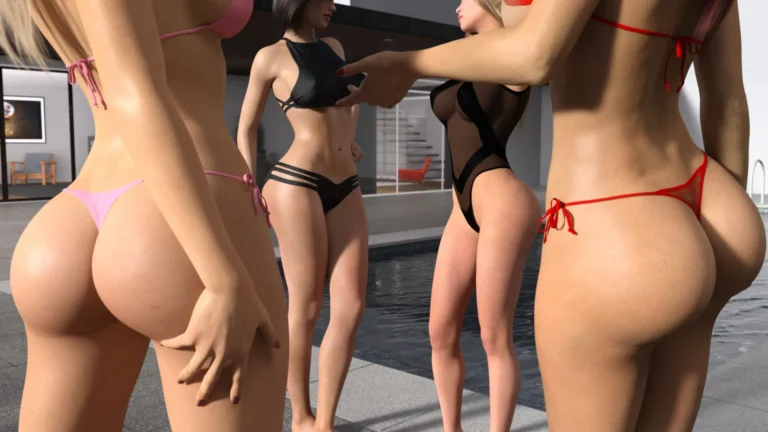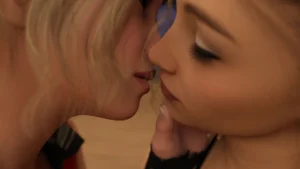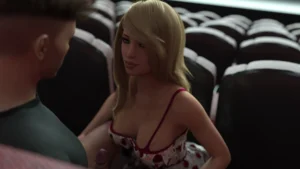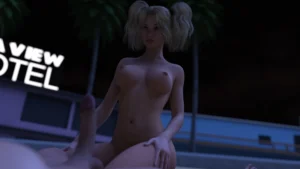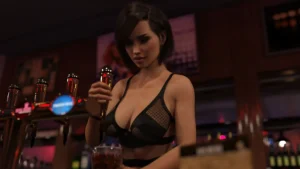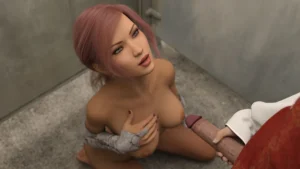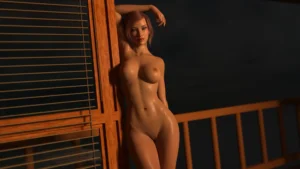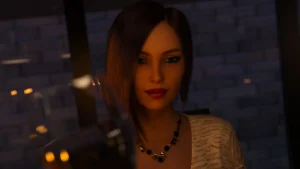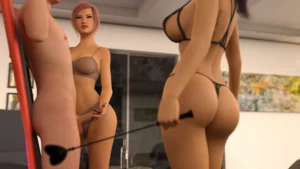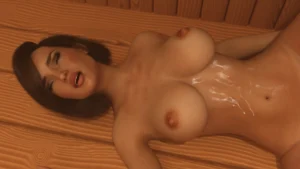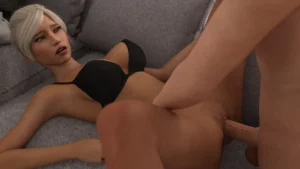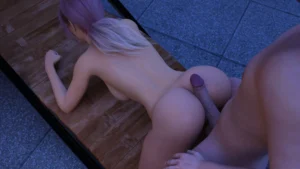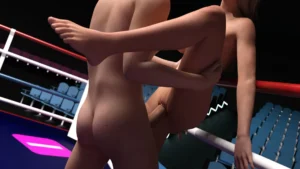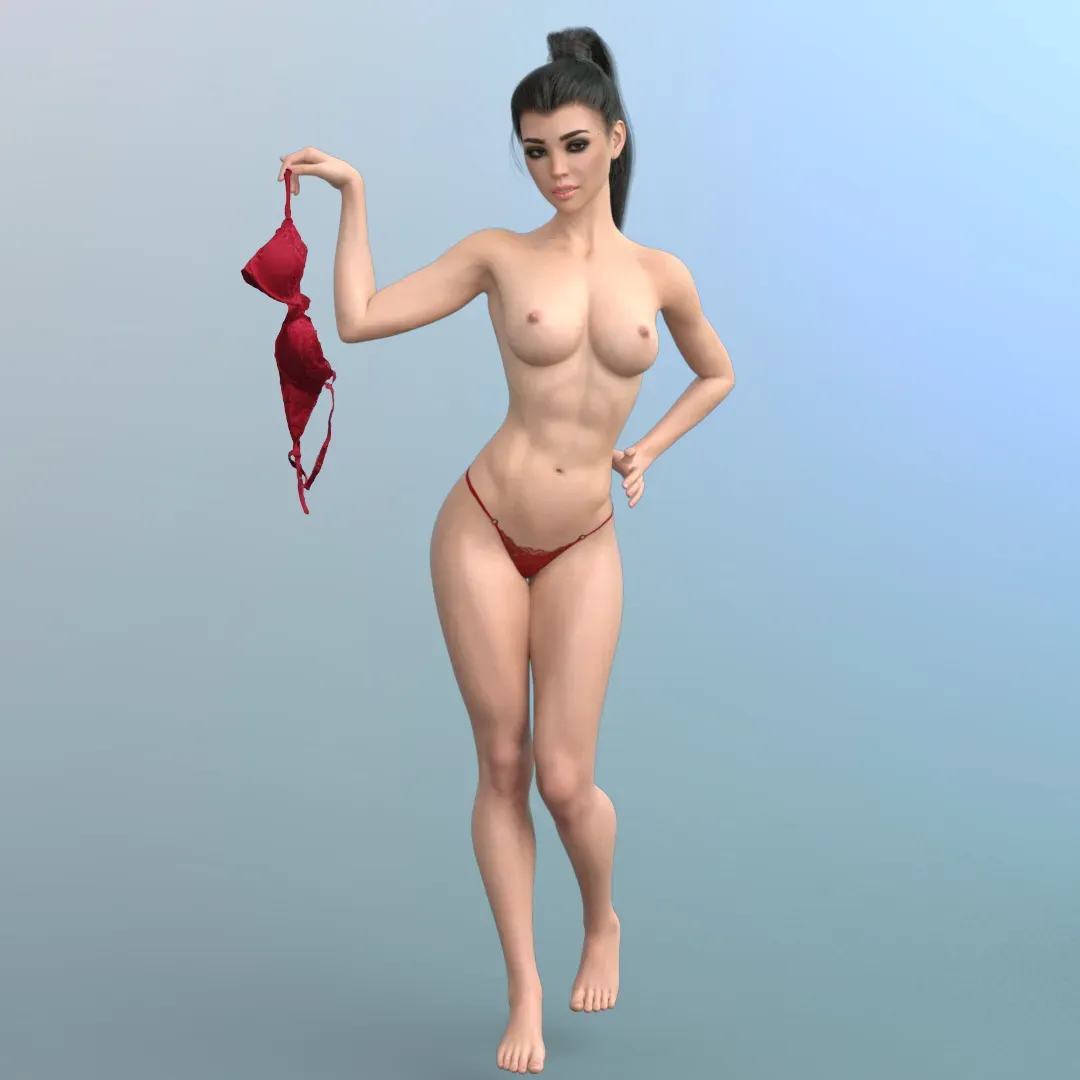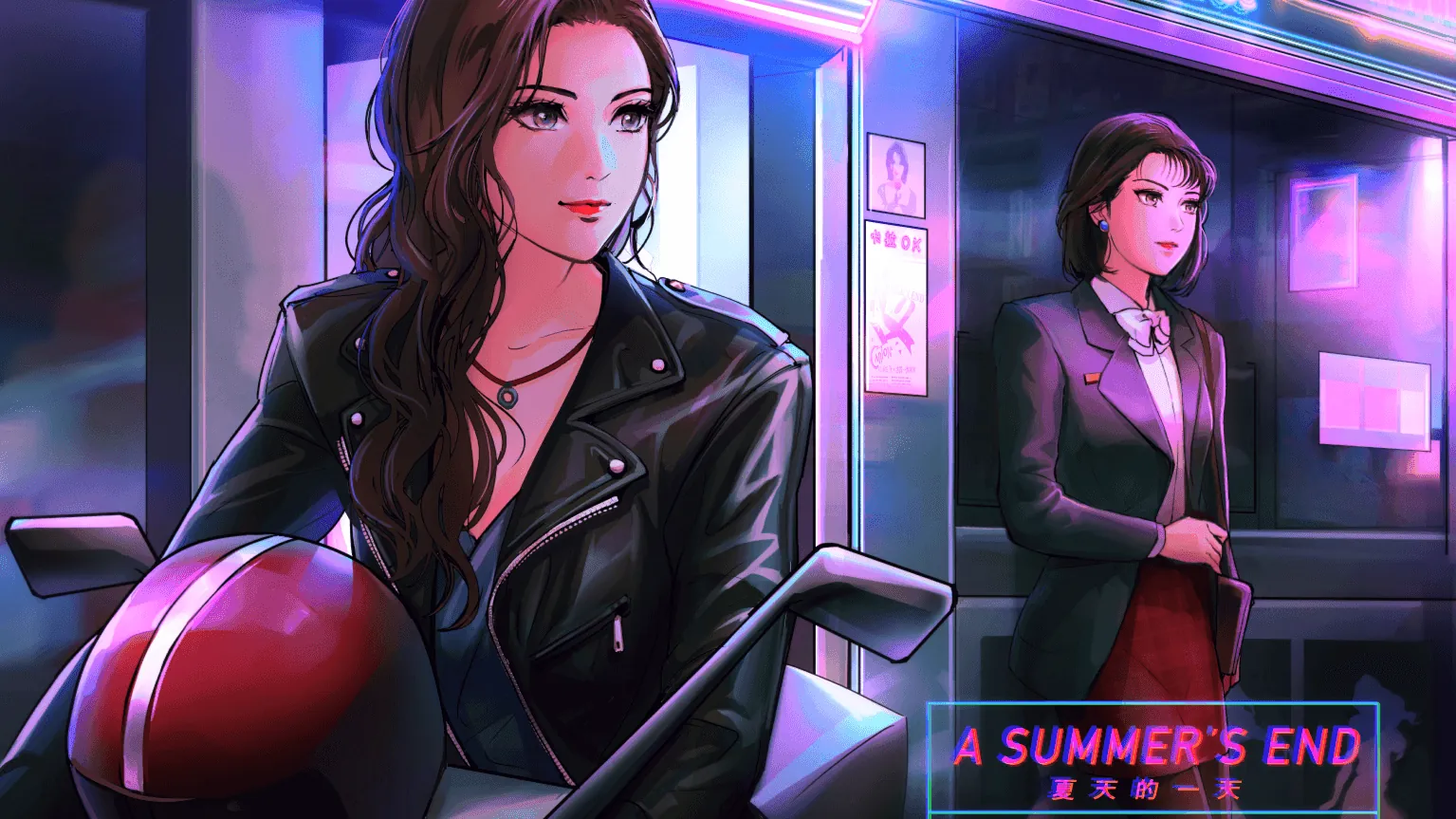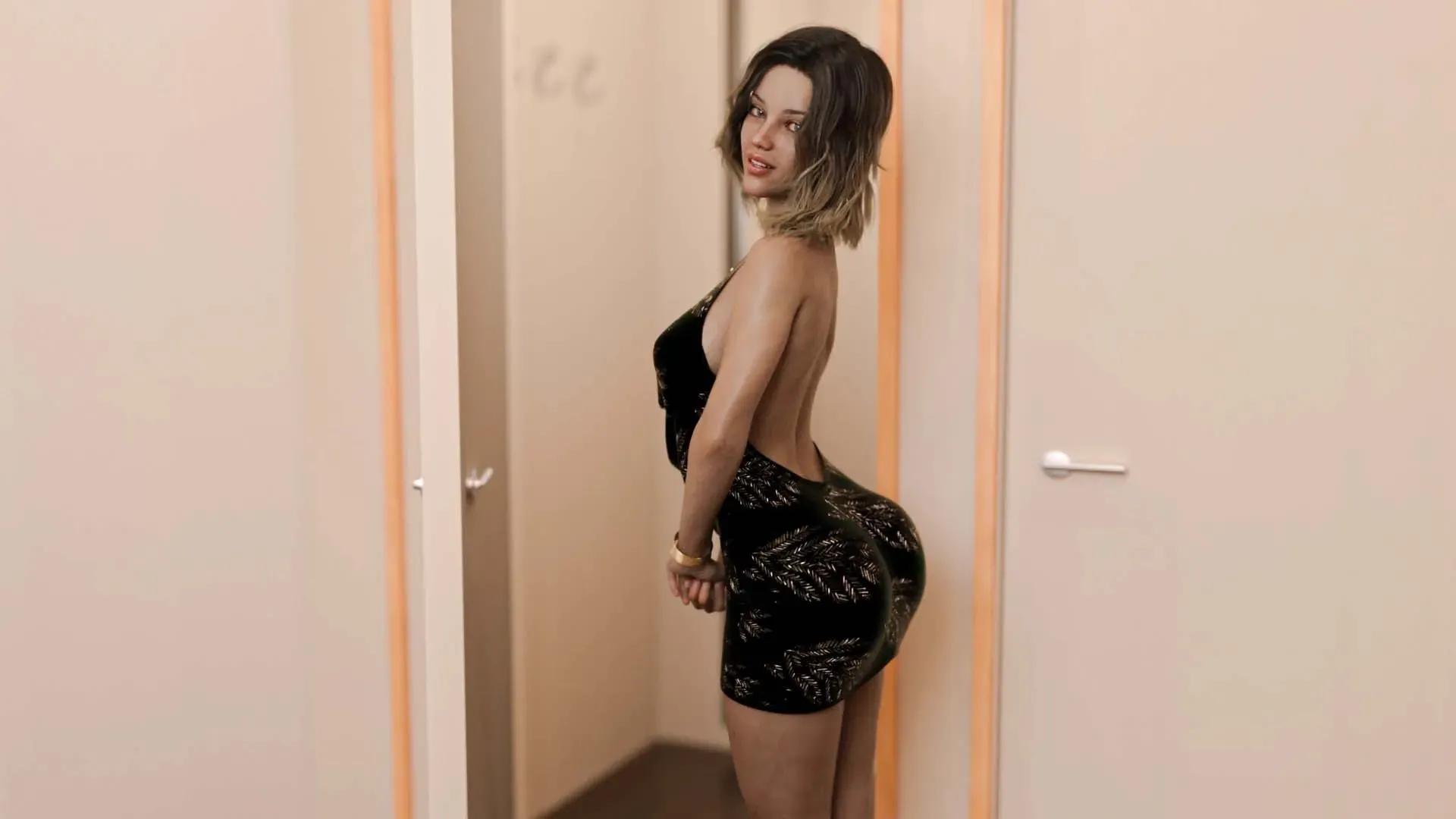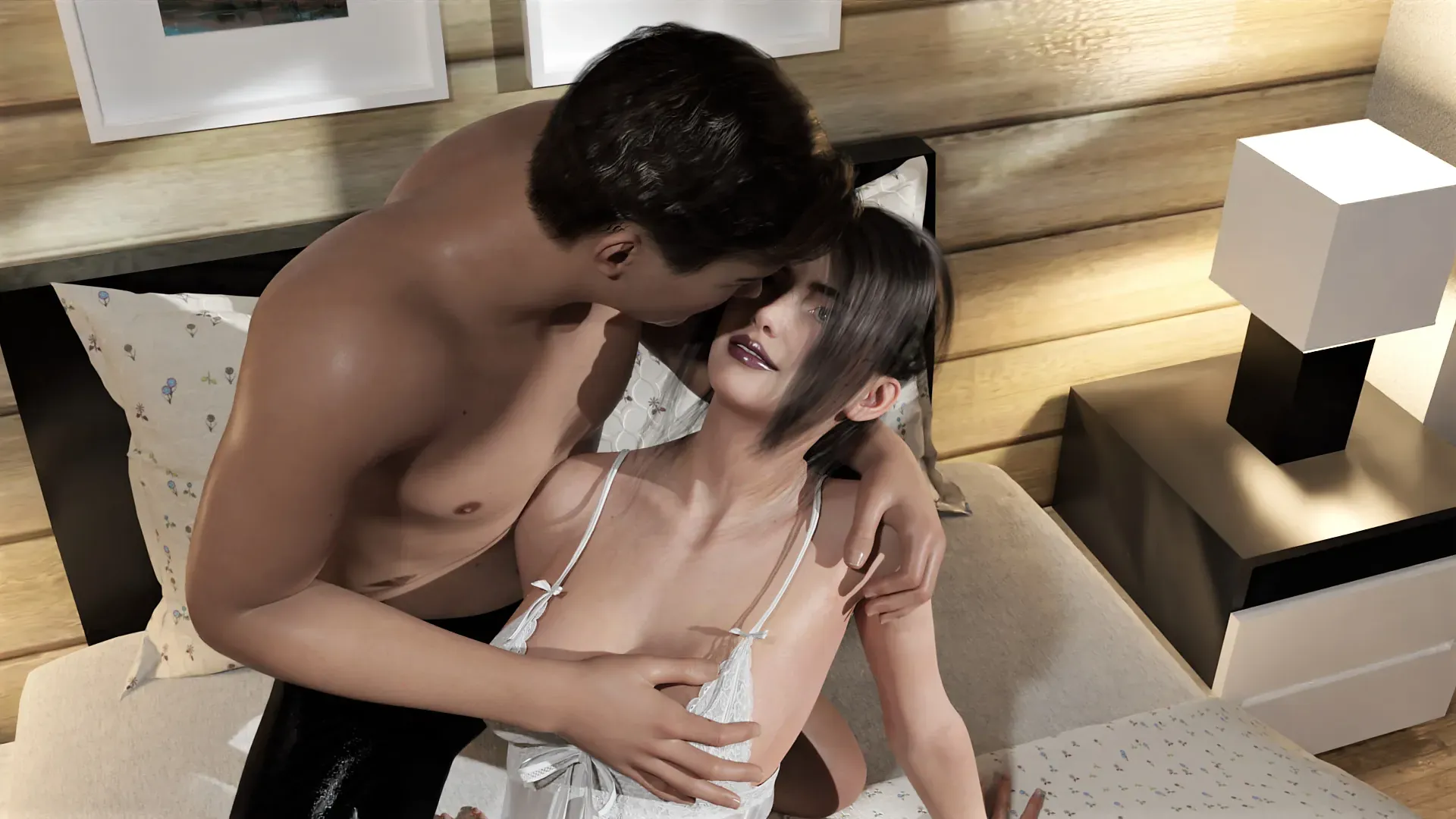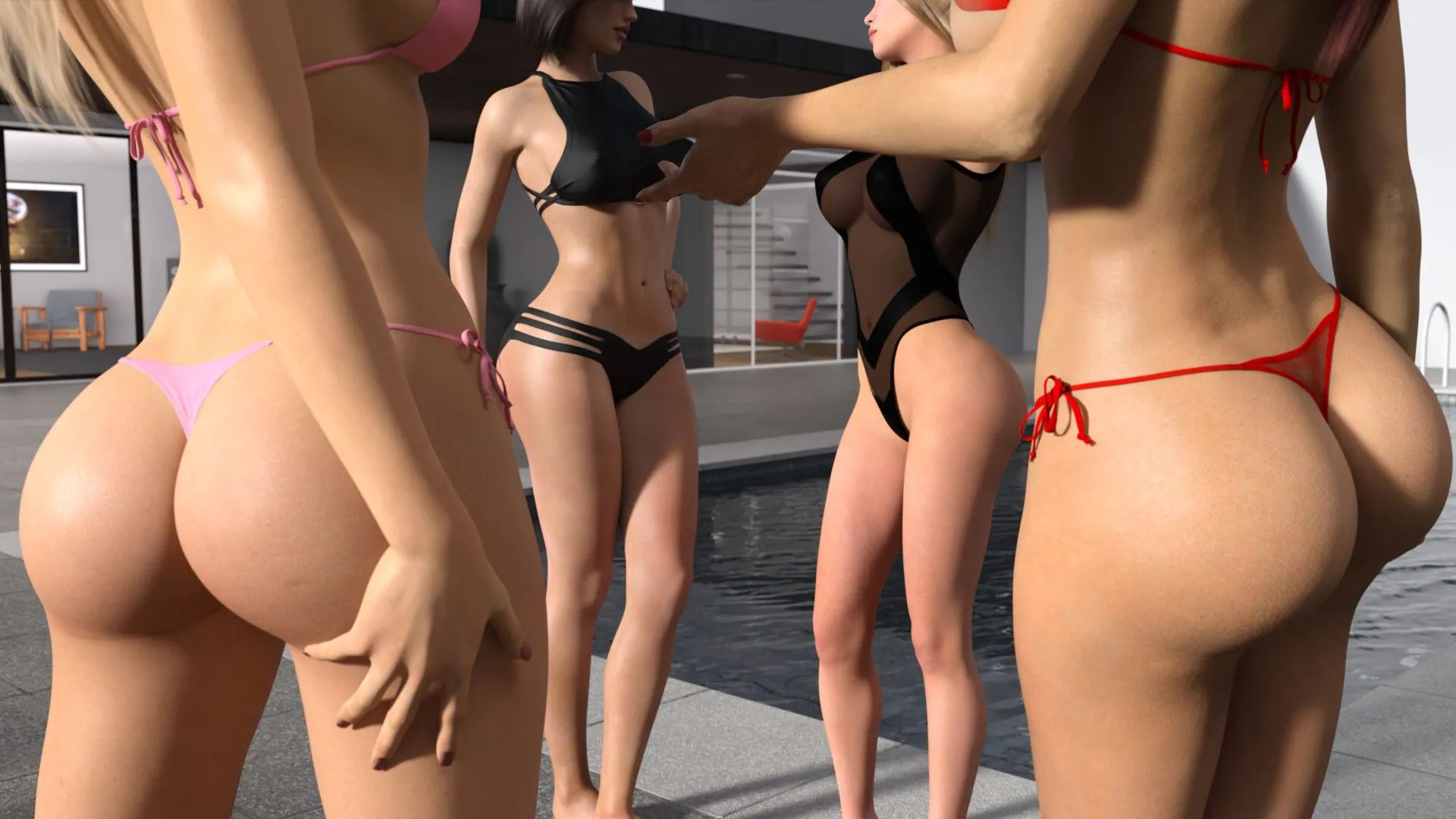
Play Returning to Mia
Returning to Mia review
Explore the story, gameplay, and unique features of Returning to Mia
Returning to Mia is an adult-oriented visual novel and dating simulation game that continues the story from its predecessor, Summer with Mia. Set two years later, players reunite with Mia, navigating a mix of drama, romance, and complex emotions. This article explores the game’s narrative, gameplay features, and what makes Returning to Mia a compelling experience for fans of the genre.
Understanding the Story and Setting of Returning to Mia
What Happens in Returning to Mia?
Picture this: you’re back in town after two years, heart pounding as you step into Mia’s struggling bar 🍸. The emotional weight hits instantly—those unresolved feelings from Summer with Mia? Yeah, they’re still simmering. The Returning to Mia story kicks off with this raw, vulnerable reunion. Mia’s avoiding eye contact, wiping glasses a little too aggressively 😅. Her bar’s drowning in debt, and you? You’ve changed—maybe a bit wiser, definitely haunted by regrets.
Example Reunion Scene:
You: “Mia? It’s… been a while.”
Mia (freezing mid-pour): “You? Here? Why now?”
The silence screams louder than words. Her hands tremble—she’s not ready.
The Returning to Mia plot unfolds as you offer to help save her bar 🛠️. But it’s not just about spreadsheets and renovations. Every conversation cracks open the past: Why did you leave? Did she ever forgive you? 💔 Trust me, the Returning to Mia emotional story hits hard when Mia snaps during a late-night cleanup: “You don’t get to fix things and pretend nothing happened!” 😤
Key moments that’ll gut you:
– “The Ledger Argument”: Mia finds old photos hidden in the bar’s account books, sparking a tearful clash about forgotten promises.
– Midnight Confessions: A power outage traps you both in the cellar, forcing truths out in the dark 🕯️.
– The Festival Gamble: Betting the bar’s last savings on a town event—win or lose everything.
This isn’t just nostalgia—it’s about grown-up regrets and second chances. The Returning to Mia reunion isn’t a fairytale; it’s messy, real, and utterly human. 🥺
Character Development and Relationships
Let’s talk about Mia first. Two years ago, she was all sunshine and sarcasm ☀️. Now? She’s guarded, running on fumes, but still fiercely independent. Her walls crumble slowly—like when she admits she kept your favorite whiskey in stock “just in case.” 🥃 That’s the Returning to Mia characters magic: they feel like people you’ve known forever.
Your protagonist’s growth? Chef’s kiss 👌. You’re not the impulsive kid from Summer with Mia anymore. Small choices show maturity:
– Listening instead of fixing: Letting Mia vent without jumping in with solutions.
– Ownership: Apologizing unprompted for past ghosting.
– Vulnerability: Sharing your own failures since leaving town.
Their dynamic evolves through tiny, authentic moments. One night, Mia teaches you to make her dad’s signature cocktail 🍹—a ritual she’d never share before. You fumble the lime twist 😂, but she laughs… and that laugh? It’s the first time you hear it in years. 💖
The Returning to Mia narrative shines in how relationships ripple beyond the main duo. Like:
– Jax, the gruff bartender who secretly loans Mia rent money.
– Priya, your ex-colleague who shows up and stirs jealousy (and hard truths).
Here’s how side characters deepen the journey:
| Character | Role in Growth | Key Moment |
|---|---|---|
| Jax | Shows Mia’s impact on others | Slides you a note: “She missed you. Don’t screw up.” |
| Priya | Mirrors your past avoidance | “Running away again? Some things never change.” |
Flaws make them relatable. Mia’s stubbornness almost sinks the bar; your people-pleasing creates new misunderstandings. Yet watching them choose growth? That’s the heartbeat of this Returning to Mia characters arc. 🙌
The Role of Setting and Atmosphere
Oh, the bar. 🍻 It’s not just a backdrop—it’s a silent character. The peeling paint, flickering neon sign, and that one sticky booth where you first kissed? Every detail oozes history and decay. This Returning to Mia setting isn’t cozy—it’s a battlefield of memories and mounting bills. 💸
The atmosphere shifts with the story’s tension:
– Rainy nights = arguments and slammed doors ☔
– Sunrise through dusty windows = hopeful planning 🌅
– Crowded Friday shifts = forced teamwork (and accidental hand brushes) ✨
You feel the bar’s weight in gameplay too! Serving drinks becomes a mini-game where rushed orders upset customers, but nailing them reveals Mia’s soft smile 😊. The Returning to Mia setting even hides secrets: discover old letters in the storage room or a doodled promise on the cash register.
Why does this work? The bar’s decay mirrors Mia’s emotional state. When you finally repaint the walls, she whispers, “Maybe some things can be fresh start.” 🎨 That’s the genius here—the environment doesn’t just host drama; it fuels it.
Three ways the setting amplifies the Returning to Mia emotional story:
1. Isolation: The empty bar at 3 AM makes confessions feel raw and unprotected.
2. Community: Town regulars becoming a found family (“You two belong here”).
3. Metaphors: A dying jukebox playing “their song”—fix it together, or let it go?
So yeah, the bar’s bankruptcy isn’t just plot device—it’s the pressure cooker for catharsis. Saving it means saving them. And honey, when those lights finally glow steady? You’ll ugly-cry. 😭 Trust me.
Returning to Mia offers a rich narrative experience that blends emotional storytelling with engaging gameplay mechanics. Its mature themes, combined with meaningful player choices and a captivating audiovisual presentation, make it a standout title in the visual novel genre. Whether you are returning to Mia or discovering the story for the first time, this game promises an immersive journey full of drama, romance, and personal growth. Dive in and explore the many paths that await you.
